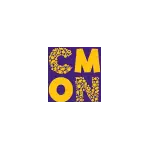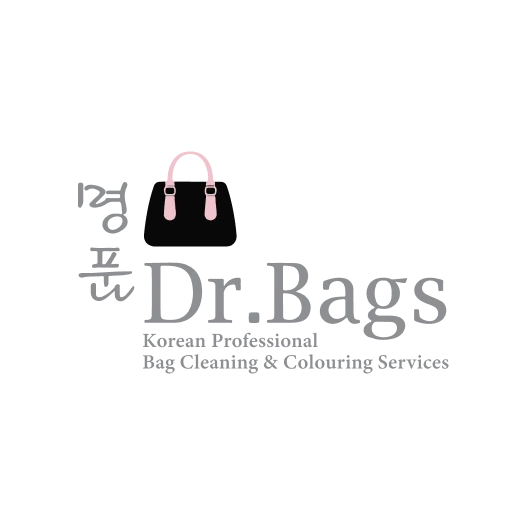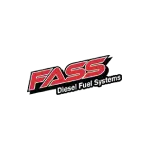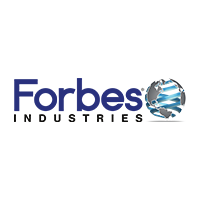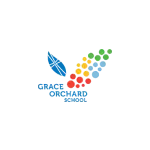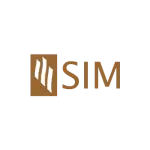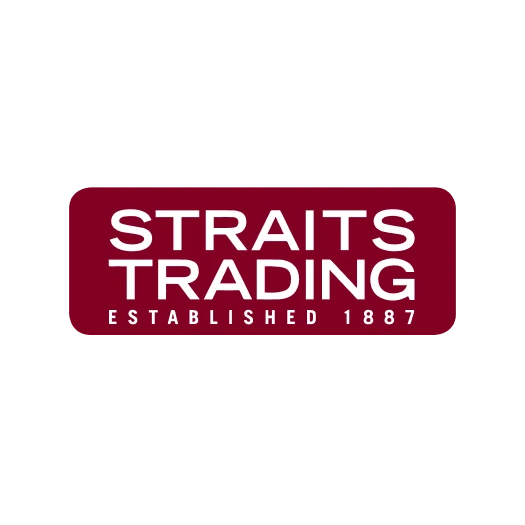Ever wonder why some companies soar while others struggle despite selling similar products? It all boils down to one powerful, often underestimated factor: cost structure.
Here’s the thing. If you’re running a business in the Philippines, getting a grip on your cost structure is a game-changer. Fixed costs like rent and salaries don’t change no matter what, while variable costs like materials and shipping rise and fall with demand.
When you get this balance right, you’re in control. You’ll know exactly where every peso is going and how to make the most of it. Cost structure is more than numbers. It’s the key to real profits.
Want to see how this can boost your profits? Let’s learn the basics of cost structure and see how it can give your business an edge.
Key Takeaways
|
Table of Contents
What is Cost Structure?

Cost structure represents a business’s various costs to produce and deliver its goods or services, divided into fixed and variable costs. Fixed costs, such as rent and salaries, remain unchanged regardless of output. Variable cost, like raw materials and shipping, fluctuate with production levels.
This breakdown allows businesses to allocate resources effectively and make precise financial decisions. For instance, a retail business in the Philippines will likely have a different cost structure than a service-based business, as cost patterns can vary across product lines, departments, or business units.
Types of Cost Structure Analysis
Analyzing cost structure involves breaking down expenses to understand their impact on business performance. Here are the primary types:
| Types | Definition |
|---|---|
| Fixed Costs | Fixed costs, such as rent and salaries, stay constant regardless of production volume. They offer stability but may change over time due to rent or salary adjustments. |
| Variable Costs | Variable costs, like materials and shipping, rise with production levels. Managing these helps businesses control expenses and stay profitable by adjusting output. |
| Cost Allocation | Cost allocation spreads expenses across products or departments. This enables accurate tracking and aligns spending with revenue-driving activities. |
| Cost Pool | A cost pool groups similar expenses, like overheads, and allocates them based on labor or machine hours. This ensures fair distribution across departments. |
Importance of Cost Structure for Businesses
Cost structure plays a crucial role in ensuring a business’s financial health and sustainability. A well-defined cost structure helps you understand where every peso is spent, enabling effective cost management and identifying potential savings.
- Expense Transparency: Knowing exactly where the money goes helps eliminate unnecessary spending.
- Profit Maximization: With clear insights, businesses can cut costs on non-essential items, improving profitability.
- Strategic Decision-Making: Understanding fixed costs, like rent and salaries, aids in long-term financial planning.
- Financial Stability: Effective cost management enhances a business’s ability to break even and stay financially healthy.
- Growth Potential: By managing costs efficiently, a business can invest more in growth opportunities.
By refining the cost structure, companies can not only reduce risks of overspending but also seize opportunities for sustained profitability and expansion.

Essential Elements of Cost Structure
Each business’s cost structure includes different elements depending on its industry and operational model. Common elements include:
| Cost Structure | Definition |
|---|---|
| Customer | This includes costs related to customer service. Fixed costs cover administrative fees, while variable costs involve goods sold and return handling. |
| Product | These are the costs of making products. Fixed costs include labor and factory overhead, while variable costs cover materials and equipment. |
| Service | These costs apply to service-based businesses. Fixed costs may include management fees, while variable costs cover salaries, bonuses, and travel. |
| Product Line | This focuses on specific product lines. Fixed costs include administrative and production expenses, while variable costs cover materials and manufacturing. |
Understanding these helps businesses cut unnecessary expenses. It enables more efficient and profitable operations.
Practical Example of Cost Structure Allocation
Now that we have discussed most things around cost structure let’s see how different industries use this. Here’s how cost allocation works across different types of businesses:
- Manufacturing: A factory divides overhead costs like electricity, rent, and maintenance by machine hours to assign a fair cost to each product. This approach helps the factory set accurate prices for everything it produces.
- Service Industry: A consulting firm spreads costs like rent and utilities across client projects based on the consultant hours spent on each. This method reveals each project’s true cost and profitability.
- Retail: A retail store allocates overhead like rent and utilities across departments according to sales volume. This helps the store see which departments bring in the most profit and where they can save.
These examples show how cost allocation helps businesses manage expenses and make smarter financial decisions. It’s all about knowing where your money goes so you can keep things running smoothly and profitably.
Effectively Manage Cost Structure with HashMicro’s Accounting Software
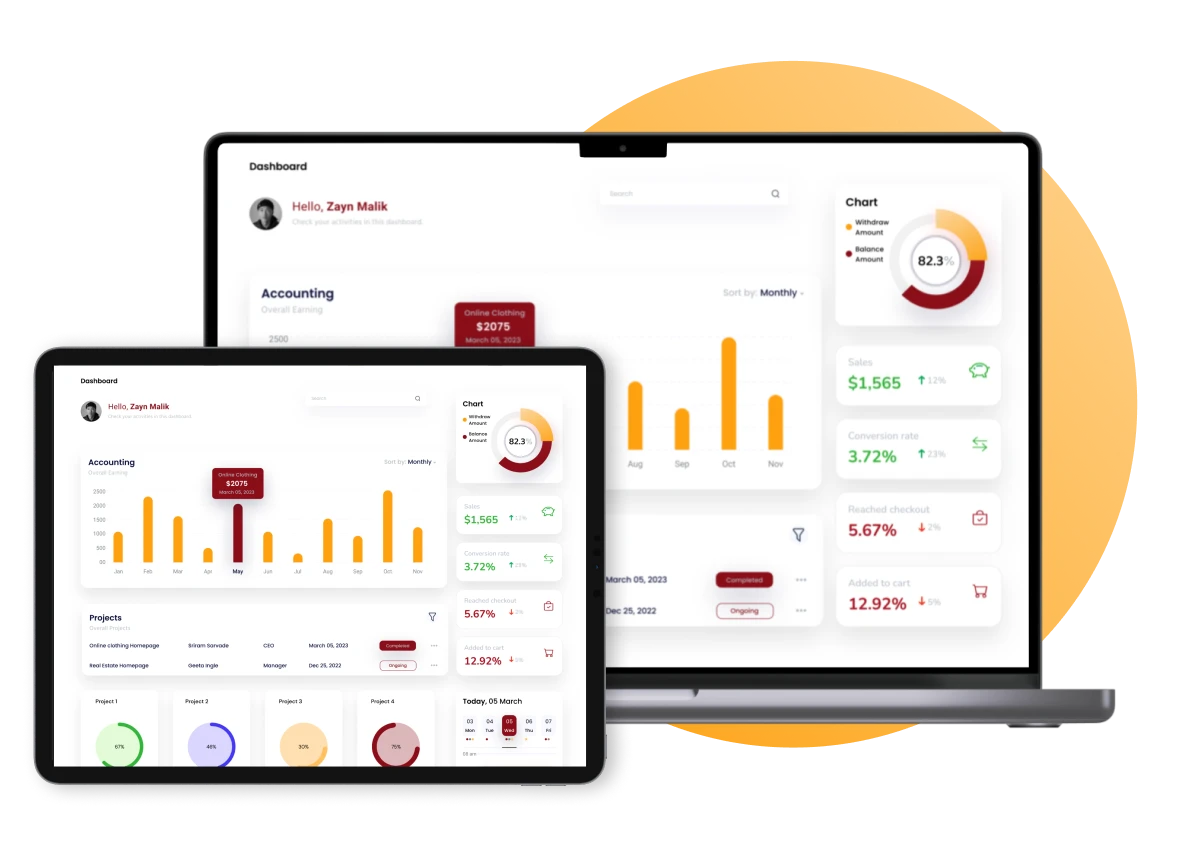
HashMicro’s Accounting Software makes managing costs easier for Filipino businesses. It offers features like automated expense tracking, cost allocation, and CRM or ERP integration, helping companies keep accurate financial records.
This clear view of finances is essential for managing budgets, spotting trends, and reducing extra costs, making cost management simpler and more effective. Here are some features of HashMicro’s accounting to help you manage cost structure:
- Profit & Loss vs. Budget & Forecast: HashMicro’s software lets businesses compare actual results with budgets, identifying where costs exceed expectations. This allows quick adjustments to keep spending on track.
- Multi-Level Analytical Tools: Companies can analyze financials by project, branch, or department, giving clear insights into cost structures. This makes it easier to find efficiency opportunities and allocate resources wisely.
- Complete Financial Statements with Budget Comparison: This tool offers financial statements with budget comparisons, helping control expenses. It supports making adjustments that align with financial goals.
- Cashflow and Forecast Reports: Cash flow and budget forecasts help businesses manage resources effectively and prepare for future costs. This ensures spending aligns with financial strategies.
- Landed Costs Management: By capturing all inventory-related costs, this feature provides a clear view of total product costs. It helps businesses price accurately and boost profitability.
These features make HashMicro, one of the best accounting software, a valuable tool for tracking costs, managing budgets, and improving overall financial performance.
Conclusion
Understanding and managing cost structure is essential for a business’s financial health and growth. For instance, Filipino businesses actively monitoring fixed and variable costs can significantly reduce waste and ultimately maximize profitability.
Moreover, HashMicro’s Accounting Software provides the essential tools to manage cash flow, improve reporting, and simplify budget management. By automating these processes, businesses can stay on top of costs and make smarter financial decisions. Schedule a free demo today!
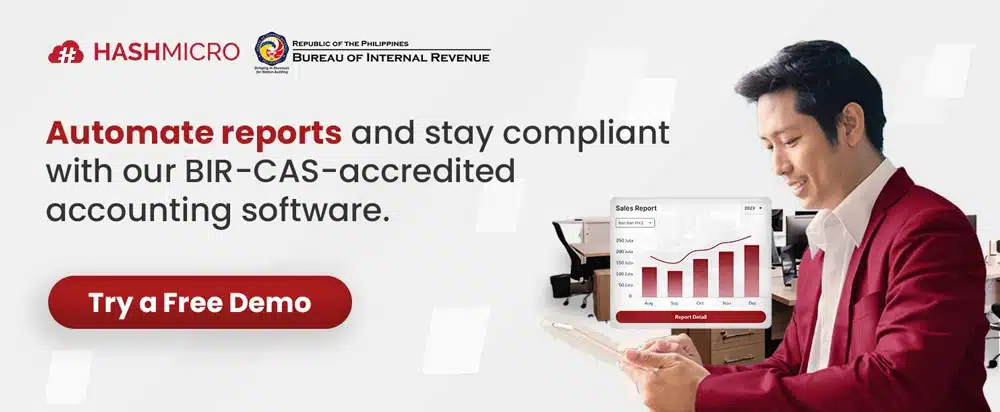
Frequently Asked Questions
-
What does the cost structure represent?
It represents all the costs a business incurs to operate, produce, and deliver its services. It includes both fixed and variable costs, which are essential for budgeting and financial planning.
-
How do you show cost structure?
This is often shown as a breakdown of fixed and variable costs within financial statements. This helps businesses analyze spending, compare costs, and adjust budgets effectively.
-
How to manage cost structure?
Managing this involves tracking expenses, analyzing fixed and variable costs, and making budget adjustments. Using tools like accounting software aids in monitoring costs and improving profitability.








